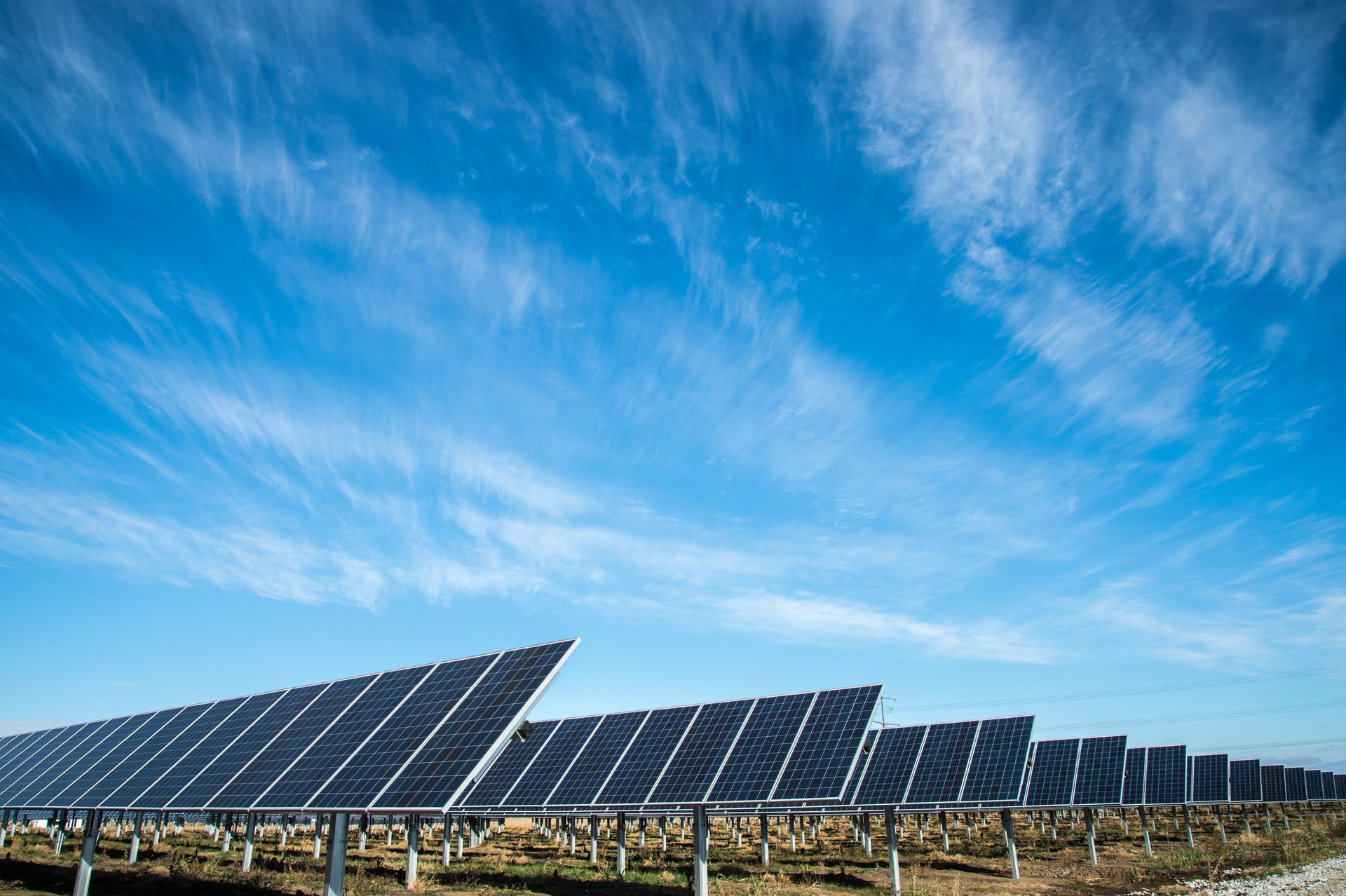Construction of solar plant has started in Mallorca

The construction work has started during the summer in the framework of the Power to Green Hydrogen Mallorca initiative and Green Hysland project.
• Work on the solar plant will be completed in about 6 months.
• The solar plants in Lloseta and Petra will generate renewable electricity to power the Lloseta hydrogen production plant, which will produce more than 300 tonnes of green hydrogen per year.
Power to Green Hydrogen Mallorca (P2GH2M), the consortium spearheaded by ACCIONA and Enagás and in which CEMEX and IDAE are participating, has begun construction of the first of its two photovoltaic plants in Lloseta. This marks the start of construction of Spain’s first green hydrogen plant on the site of CEMEX’s Lloseta factory.
This photovoltaic installation covers an area of more than 6 hectares (ha), where 16,660 solar panels will be installed with a capacity to generate 8.59 MWp and production of 13,516 MWh/year. The other plant, in the town of Petra, will soon begin construction on an area of 10 ha and will have 12,740 solar panels with a capacity to generate 6.5 MWp and annual production of 10,819 MWh/year.
Both solar facilities will generate the renewable electricity to power the Lloseta hydrogen production plant, which will produce more than 300 tonnes of 100% green hydrogen per year.
It is estimated that the works of each photovoltaic plant will be completed within 6 months from the start date and that during the construction phase of the plant and the 15 kV line, necessary to transport the energy, 80 workers will be employed at each facility. Priority will be given to the workers affected by the 2019 Lay-Off Plan (ERE) of the Lloseta cement plant.
The construction of the plants will also involve participation of local businesses, some of which already have service agreements established for conducting topography, the implementation of lines to inject the energy from the plants to the grid and civil works, the clearing and management of trees, the installation of irrigation, or the supply of site equipment.
Construction of the photovoltaic plants will be carried out in accordance with ACCIONA’s best practice protocols for the construction of renewable facilities to ensure safety, minimum impact on public spaces, and the restoration and recovery of soil and biodiversity at the site and surrounding areas.
The two plants will be surrounded by plantations of native vegetation from the land on which the facilities are located, to promote landscape integration and preserve the natural heritage. To this end, a plan has been drawn up for proper management of the existing trees, allowing both their conservation and their relocation or transplanting and, ultimately, their sustainable management by a local company. In the case of the Petra plant, the actions will also include the cleaning and regeneration of the land previously occupied by a motocross circuit and specific protection measures for the Mediterranean turtle.
Both plants will be accompanied by a shared-use project with livestock farmers in the area, which will allow the land on which they are located to be used as a grazing area for flocks of sheep.
By the same token, an innovative agrovoltaic project will be undertaken in the surroundings of the Petra photovoltaic plant, on plots of land owned by the Institute for Business Innovation of the Balearic Islands (IDI) and earmarked for the project. The action foresees the adaptation of the plots for crops and the installation of photovoltaic systems to supply the energy needs for the agricultural use of the land, as well as the creation of a greenhouse or irrigation system.
About the Power to Green Hydrogen Mallorca Project (P2GH2M)
The construction of the renewable hydrogen production plant through Power to Green Hydrogen Mallorca is the core of the European Green Hysland project, coordinated by Enagás and promoted by CEMEX, Acciona and the IDAE, and in which Redexis will also play a part through its distribution networks.
Green hydrogen will serve a range of needs on the island, such as supplying fuel to fleets of buses and fuel cell vehicles through a refuelling station or hydrogen station, generating heat and power for commercial and public buildings, or providing auxiliary power to ferries and port operations.
In addition, part of this green hydrogen will be injected into the gas infrastructures that Redexis has deployed on the island and, through a Guarantees of Origin System developed by ACCIONA with blockchain technology, will reduce emissions in the use of natural gas.
The European Green Hysland initiative expects an overall investment of approximately 50 million euros, including the generation of renewable electricity, the green hydrogen plant, its transport and distribution, and the equipment for its end uses.
Source: ENAGAS
